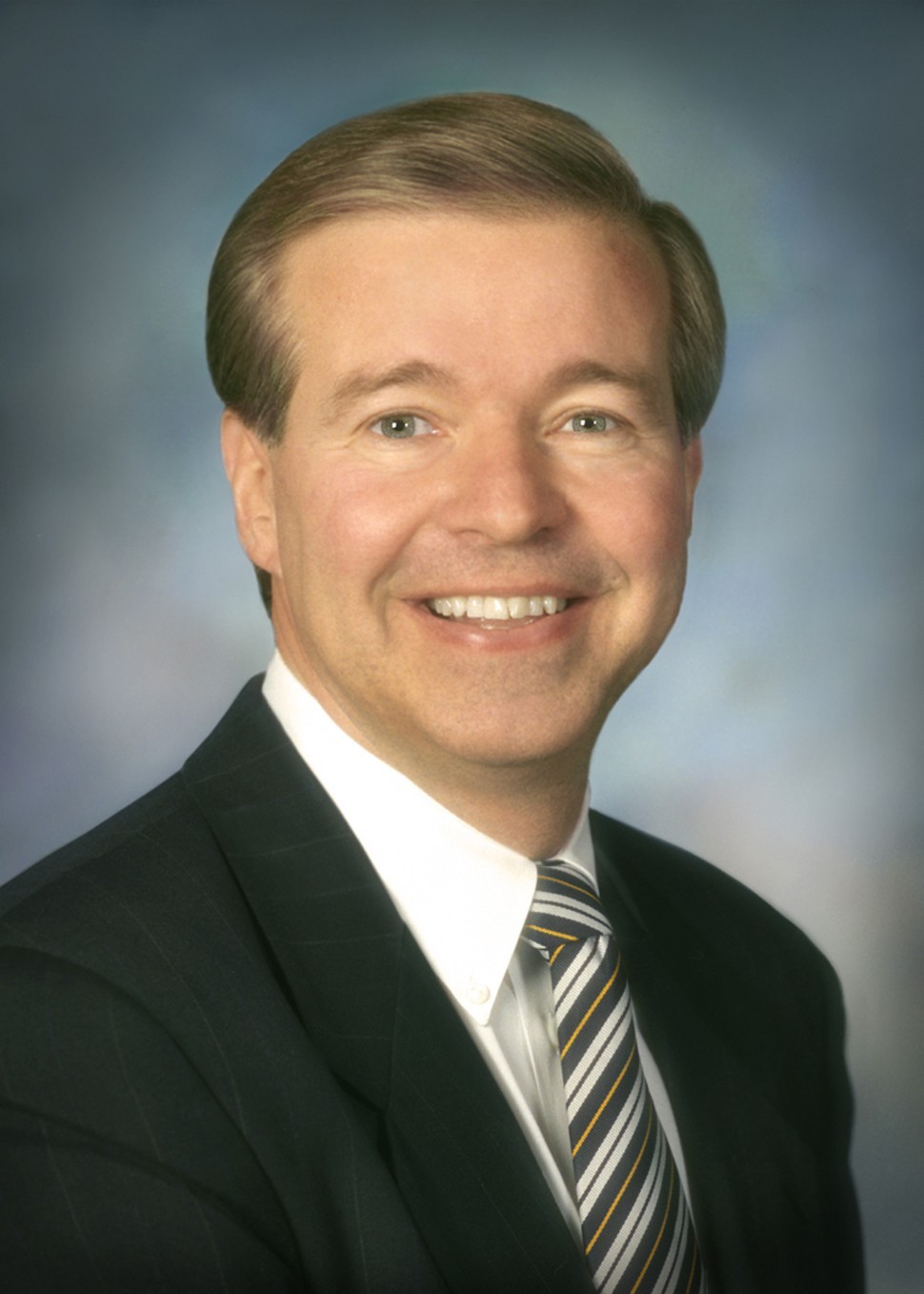Midway through its two-day Investors and Lenders Meeting, FedEx was already seeing signs that its cost-cutting plans and fighting stance toward competitor UPS were a big hit.
Shortly after the stock market opened on Wednesday, FedEx stock was up $4.50, or 5 percent, while UPS had barely budged and the Dow was down 45 points. If you’re an investor, you’re happy. If you’re a Memphian or a local FedEx employee, however, you might still be wondering what the impact of the announced “voluntary buyouts” and plan to “reduce fixed headcount by several thousand people,” as CEO Fred Smith said Tuesday, will be closer to home.
We’ll have to wait to find out. David Bronczek, president and CEO of FedEx Express, said Wednesday the buyouts will be offered to certain U.S. employees but details won’t be spelled out until the second half of the 2013 fiscal year.
“The overall U.S. domestic market has matured,” said Bronczek.
He said the company is already reducing flight hours and the number of full-time hourly employees in the U.S. by 3 percent. He gave two examples — Houston, where FedEx closed five stations and replaced them with two, and Atlanta, where some service was rerouted to the two FedEx national hubs, one of which, of course, is Memphis. So call it a mixed message. But anyone who has heard the word “voluntary buyout” in the last four years — let’s say, oh, in the newspaper business — might get a little fearful about what happens if there aren’t enough volunteers in the Volunteer State.
Questions about staffing in a follow-up session didn’t pry out any more information. The analysts and investors, of course, have a different focus than Memphians. FedEx, which will mark its 40th anniversary next year, has some 30,000 employees in the area (an estimate that gets no quarrel from the public relations department) including a big share of its 4,300 pilots, is a corporate angel, and dominates the airport. We get a disproportionate benefit from growth, and, possibly, a bigger hit from contraction.
Like Mitt Romney pounding Barack Obama in the first debate, FedEx top brass went after UPS. The message: FedEx is faster, smarter, greener, leaner, and more reliable in each of its five divisions and grabbing market share from the guys in brown.
“The key to success if putting the right products in the right networks,” said Michael Glenn, president and CEO of FedEx Services. And more than once he emphasized that “not all freight is good freight” and FedEx will let some accounts walk if they are unprofitable.
On Tuesday, Smith announced plans targeting annual profitability improvement of $1.7 billion during the next three years, with a significant part of that coming by fiscal 2015. He also said the company plans to increase its dividends in years to come, but with a payout of a fraction of 1 percent FedEx is not really a dividend play. Its appeal is its global story and its swagger.
Walking into a FedEx Investors and Lenders meeting, where some 200 guests dined on barbecue and beer at the Hilton Hotel Tuesday night, is a little like that dream where you have a big exam in ten minutes and haven’t cracked a book. One of the presentations Tuesday evening was titled “Four Horsemen of Dominant Design.” Delivered without notes by chief information officer Robert Carter, it was a 25-minute dazzler about innovations from the gauge of railroads to cloud computing and online music.
I’m glad I won’t be quizzed. One of the most interesting parts was when Carter posed what he called a child’s riddle: would you rather have a penny that doubled every day for a month or $1 million right away?
Taking the easy cash is a sucker play because by the 30th day you’re collecting over $5 million (I had a friend who teaches math at MUS verify this). The growth curve of that penny stays flat for the first few weeks then bends upward like the letter “J.” The point being that fabulous riches await those with patience and a dominant design after the big shakeout. Or something like that.
Anyway, for all the corporate-speak about new verticals, yield curves, global trade, value propositions and “triple sevens” (777 aircraft), I would bet a penny that this little fable, along with the old Smith magic, had as much as anything to do with that $4.50 bump in the stock price.
